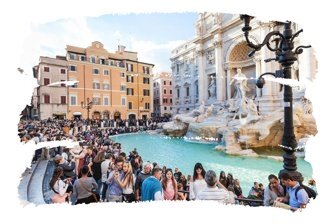Discover the Madonna della Corona Sanctuary in Verona!
Religious tourism in Italy has great strength because it is home to some of the most beautiful sanctuaries in the world! One of them is the Sanctuary of the Madonna della Corona, in Spiazzi di Ferrara di Monte Baldo, near Verona. Today, we are going to learn a little more about this fantastic place. Let’s go to our Post of the Day. Discover the Madonna della Corona Sanctuary in Verona! Stay with us and make the most of boot country! Here at Italys’ Dream Tourism you can make the trip of your dreams come true!! Also check out our Accommodation in Italy – Tips for your Vacations Section!
Our introduction
With its 1,500 steps and 600 meters above sea level, the Sanctuary draws attention, as it seems to be serving as a support for an immense stone mountain. Of unparalleled beauty, it is the right destination for those who want to be surprised by faith and nature. Find out where to stay in Verona here!
The Crown Sanctuary is one of the hidden places in the heart of Baldo Rock. There are records that prove that the hermits linked to the Abbey of San Zeno in Verona already lived here around the year 1000. There are documents that attest that in the mid-1200s, in this place, there was already a monastery and a chapel dedicated to S. Maria di Montebaldo, accessible to this day through a narrow path, which “activates” our adrenaline with the feeling of danger that the rock presents us, although it is a very safe path! Read also about Planning to travel to Italy – Personalized and Exclusive Consulting!
The History of the Sanctuary
A pious tradition placed the birth of the Sanctuary of the Madonna della Corona in 1522, the same year in which the venerated sculpture was miraculously taken, by angelic intervention, from the Island of Rhodes, which had just been invaded by the Muslim army of Solimano II, but the fact is denied because of the existence of the present shrine. depicted in a fourteenth-century painting showing a Madonna with Jesus on her lap, which was the first image venerated in the original church and, of course, the one that gave it its name.
Between 1434 and 1437, S. Maria di Montebaldo belonged to the Knights of San Giovanni, or the Holy Sepulchre, present in Verona since 1362 as a command of San Vitale and Sepulchre, who held the property of the Sanctuary until its dissolution by Napoleonic order in 1806. The stone group of the Pietà seems to date back to this period.
The image of Our Lady
The image of Our Lady (in stone) present there is 70 cm high, 56 cm wide, and 25 cm deep. The statue rests on a pedestal with the inscription “HOC OPUS FECLT FIERI LODOVICUS D CASTROBARCO D 1432,” traditionally considered proof that the statue was made and donated to the Crown in 1432 by Lodovico Castelbarco, who came from a noble Rovereto family.
The New Church
In the four centuries of management, the Commenda radically transformed the Madonna della Corona, making it an authentic spacious and accessible sanctuary, thanks to the arrangement of the wooden access bridge in the valley (1458) and the construction of a new church above the one that already existed. The “new” church is 18 meters by 7 meters and stood there between 1490 and 1521.
During the sixteenth century, the two access stairs that are still visible were built: the widest, which has 556 steps and descended from the Spiazzi fountain, later called the “Fountain of Independence,” which went to the Linden Bridge; and another narrower staircase, with 234 steps carved into the rock along the original narrow path that led from the bridge to the church. In 1625, construction began on a new, larger church, 4 meters above the previous one, which remained incorporated under the new presbytery. The works lasted for several decades, reaching the ceiling in 1664 and finally finishing in 1685.
Meanwhile, the access routes were reorganized thanks to the contribution of Commander Tancredi, a type of hotel was built in a cavity of the mountain to meet the accommodation needs of the increasingly numerous pilgrims. The general structure of the entire area of the sanctuary is documented in two precious inventories, one from 1724 and the other from 1744, and is perfectly visible in a beautiful engraving made in 1750, by Giovanni Antonio Urbani in the name of the rector, Don Giancarlo Balbi.
The Enlargement of the Church
At the end of the nineteenth century, based on plans of the arch, Giuseppe Magagnotti, from Verona, and the engineer Emilio Paor, from Trento, enlarged the church and placed there a façade in Gothic style; the completion of the work happened on September 17, 1899, with the coronation ceremony of the statue of Our Lady of Sorrows.
In the following years, the façade and the church were adorned with statues by the sculptor Ugo Zannoni; in 1921–1922, the bell tower was redone; in 1922, on the occasion of the fourth centenary of the apparition of the statue of Our Lady of Sorrows, the road was improved and opened, the work of the engineer Federici; there is also an access tunnel to the Sanctuary, thus easing the way for pilgrims. After the last world war, from 1946 to 1949, the rector Don Sandrini finished it based on a project by the architect Banterle, which is nothing more than an extension of the church in the presbytery part.
The Demolition and Reconstruction of the Shrine
In 1974, they entrusted architect Guido Tisato with drawing up a completely new project for a general intervention that would involve demolishing the existing church but maintaining the conservation of the most significant parts, as well as enlarging the structure, making it slightly larger. They carried out the demolition and reconstruction of the shrine between 1975 and 1978, and on June 4, 1978, Bishop Giuseppe Carraro was able to proceed with blessing the new shrine and the new altar. In 1982, they bestowed the title of “minor basilica” upon the shrine, and on April 17, 1988, Pope John Paul II visited the church and offered a prayer to Madonna della Corona.
Let’s talk about the Artistic Aspects…
There are numerous sculptures in Carrara marble of Ugo Zannoni present in the sanctuary. In 1900, the statues depicted St. Giovanni the Evangelist and St. Mary Maddalena, visible in protruding niches on the façade, and the standing St. Mary of Sorrows, which now stands in the chapel of confessions. Between 1912 and 1913, the statue of San Giuseppe and those of the two patron saints of the Knights of Malta, Saint Tuscany and Saint Giovanni Battista, the 14 panels of the Via Crucis, went to the pillars of the central nave of the shrine, and the plaster panels of the seven sorrows of the Madonna stood in what is now a chapel. The Ecce Homo and the two angels in prayer are from 1916 and were in the chapel of the Confessions; finally, in 1919, shortly before his death, the high relief of Christ’s encounter with his mother.
Raffaele Bonente’s works are both in the sanctuary and along the access road, and you can admire the bronze pieces by the Veronese architect that are stunningly beautiful! Particularly original is the “scenography” on the rocky wall of the apse, around the statue of Pietà, surrounded by a crown of thorns and five angelic groups.
They deserve to be highlighted
- The front altar has three bronze panels representing the Nativity, the Crucifixion, and Pentecost, separated by four pilasters dedicated to the evangelists; on the sides, two panels dedicated to the church of Veronese, while the back is divided into three bottoms, on the sides, two Marian invocations; and in the center, the heart of Our Lady, pierced by seven swords;
- The 6 candlesticks on the table with the symbols of the evangelists and allegorical symbols
- The panel of the Annunciation, placed on the bulge and pulpit with the symbols of the four evangelists, the faces of Abraham, Moses, David, and Isaiah, and in the center the monogram of Christ;
- The Tabernacle, from 1982, with the four bronze figures representing faith, hope, charity and religion;
- The 1988 baptistery, features eight fish at the bottom and the seven gifts of the Holy Spirit at the top;
- The medal commemorating the 1993 papal visit outside the shrine
- The windows in the right aisle of the shrine represent the mysteries of the Rosary;
- The sculptures and stained glass windows that adorn the chapel, made in 1990;
- The bronze statues of the Via Crucis stand along the path leading from the Stella Alpina residence to the sanctuary.
The ex-votos
Along the right wall of the Sanctuary, there is a true historical and artistic heritage represented by the ex-voto: 167 tablets of different sizes, the oldest of which is from 1547, which represents the miraculous rescue of a woman who is about to drown in the Adige in Verona. On the historical level, the most interesting ex-voto is the large canvas donated by the community of Bardolino in 1665, in gratitude for the grace obtained from the rain, while the most precious is an oil on canvas depicting Christ on the Cross, painted in 1724 by the Veronese painter Antonio Balestra (1666–1740).
How to get to the Sanctuary?
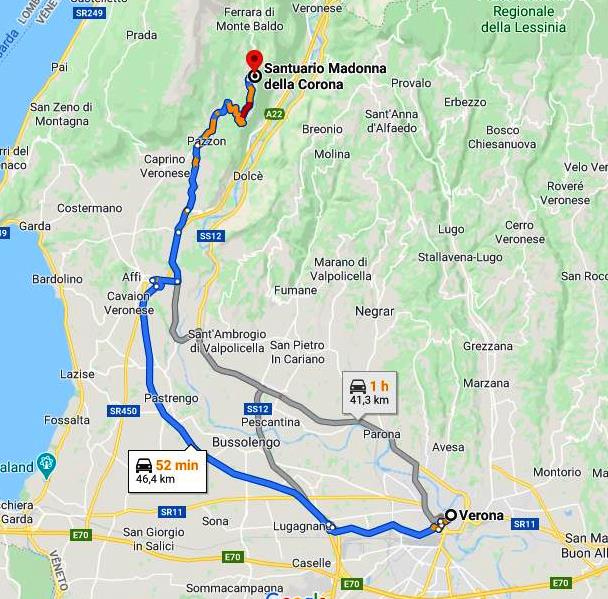
To get to the shrine, you have three options.
1) How to get to the Sanctuary? DRIVING
By car, take the A4 Milan-Venice motorway, exit for Peschiera del Garda, and head towards Spiazzi (km 38); or take the A22 Brenner-Modena motorway, exit at Affi, and head towards Spiazzi (km 20).
If you are renting a car, be sure to read our posts in the Driving in Italy section of Italy’s Dream Tourism Blog. In addition to car itinerary tips, we have everything about signs, tolls, roads, and much more.
Read also TRAVELING BY CAR IN ITALY: EXAMPLES OF ITINERARIES
Important to know
If you are going to drive in Italy, is it essential to have an international license? If you don’t have one, don’t drive, as you’ll get in a lot of trouble with the Italian police! READ THE POST DO I NEED AN INTERNATIONAL DRIVING PERMIT IN ITALY (IDP)?
2) How to get to the Sanctuary? BY TRAIN
From the Peschiera del Garda or Verona Porta Nuova train stations, continue by bus, to the Caprino-Spiazzi line. Did you know that Trenitalia is the leading Italian company dedicated to the management of rail transport? Read here “What is the difference of trains in Italy?“. Buy your ticket online in advance and save a lot, read the Post “How to buy a train ticket in Italy?“.
3) How to get to the Sanctuary? BY CAR AND ON FOOT
Or you can park in Spiazzi and follow the signs to the sanctuary. It will take you about 20 minutes to walk, along a paved and downhill road that is very quiet. How about a Walking Tour of the Madonna della Corona Sanctuary? Click here to learn more!
Watch this video to find out How to avoid Car Fines in Italy!
Subscribe to our channel and receive more video tips about Italy. Don’t forget to give this video a thumbs-up! 😉
TRAVEL TO ROME!
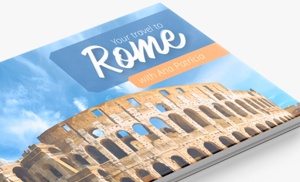
“Your Travel to Rome” is the quintessential e-book for your travel to one of the finest tourist destinations on the planet!
LEARN MORE
Conclusion
Discover the Madonna della Corona Sanctuary in Verona! One of the most beautiful sanctuaries in Italy, with calm and tranquility. In addition to being a place that fills us with peace and helps us leave everything behind, even if only for a few moments, it is a place with exuberant nature and fresh air. A special place!
Do you feel unsafe traveling?
If you need help organizing your trip, do not hesitate to contact me! I’d love to help you make your dream trip to Italy.
Did my post help you, or do you still have questions? Leave your comment below, and I’ll get back to you!
An Extra Help for your Trip
The best content from Your Travel to Italy!
Learn more about our tours in Italy right now!
- What to visit in Italy in 10 days?
- The ten must-see places in Tuscany?
- The best tips to save on your trip to Italy?
- What are the 10 most visited cities in southern Italy?
- Airports in Italy? How to get to your hotel? (Venice, Milan, Rome, Florence)
- What to do in 1/2/3/4 days in the main Italian cities?
- The best tips on food in Italy (wines, typical food, enogastronomy tours)
- How to get from Fiumicino Airport to Rome downtown?
- Your Travel to Italy: 10 tips for traveling through Italy!
Best regards from Italy

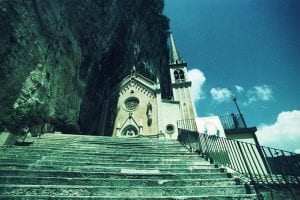
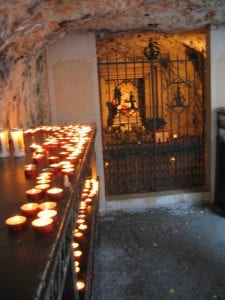
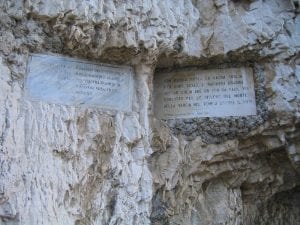
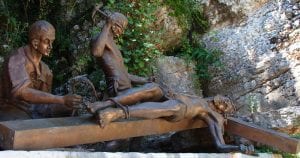
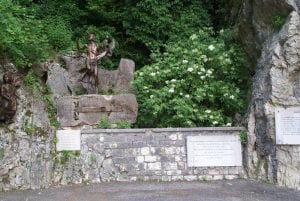
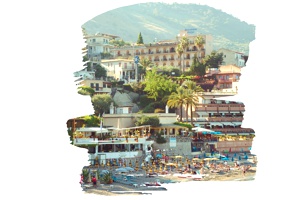 PLACES TO STAY IN ITALY
PLACES TO STAY IN ITALY